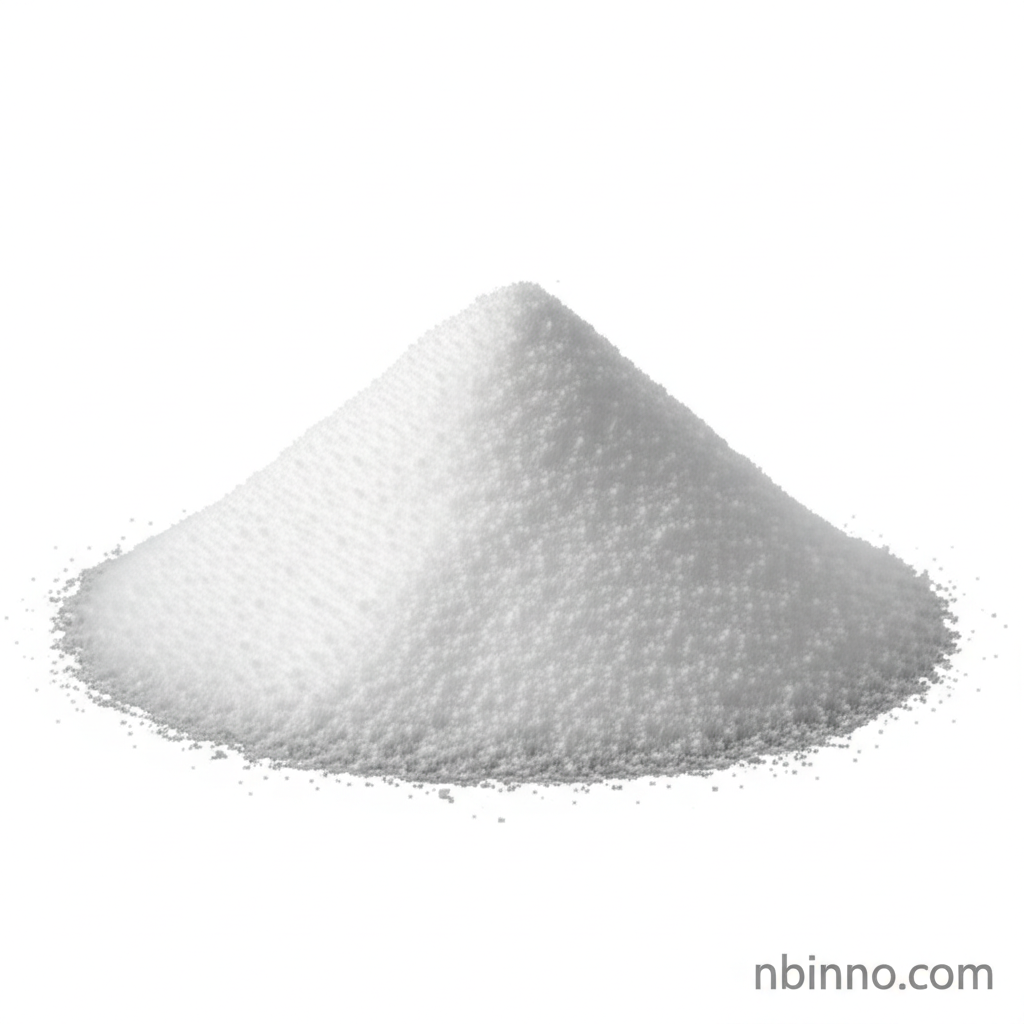Dl-Hydroxybutanedioic Acid: High Purity 99% Pharmaceutical Intermediate
A versatile organic acid with critical roles in food and pharmaceuticals.
Get a Quote & SampleProduct Core Value

Dl-Hydroxybutanedioic Acid
This high-purity 99% Dl-Hydroxybutanedioic Acid, commonly known as Malic Acid, is a crucial chemical compound widely utilized as a sour flavoring agent in the food industry and as a pharmaceutical intermediate. Its consistent quality ensures reliable performance in various applications, making it a preferred choice for manufacturers seeking dependable ingredients.
- Discover the key applications of high purity malic acid in various food products.
- Understand why pharmaceutical grade dl-hydroxybutanedioic acid is essential for drug formulation.
- Learn about the benefits of sourcing malic acid from a reliable chemical supplier.
- Explore the importance of ISO certified reference material 617-48-1 for quality assurance in chemical analysis.
Key Advantages
Exceptional Purity
Achieve consistent product quality with our high purity malic acid, ensuring optimal performance for your manufacturing needs.
Versatile Application
Leverage the benefits of dl-hydroxybutanedioic acid in both the food industry as a sour flavor and in pharmaceutical applications.
Certified Quality Assurance
Benefit from stringent quality control, with certifications including GMP, HSE, ISO 9001, USP, and BP, reinforcing our commitment to excellence.
Key Applications
Food Industry
Understand the benefits of malic acid food industry uses as a primary souring agent, enhancing flavor profiles in beverages and confectionery.
Pharmaceutical Manufacturing
Explore the role of pharmaceutical grade dl-hydroxybutanedioic acid in drug synthesis and formulation, contributing to product efficacy.
Chemical Synthesis
Utilize this compound as a valuable building block in various chemical synthesis processes, supported by expert technical assistance.
Reference Material
Rely on ISO certified reference material 617-48-1 for accurate chemical analysis and quality control in laboratory settings.
